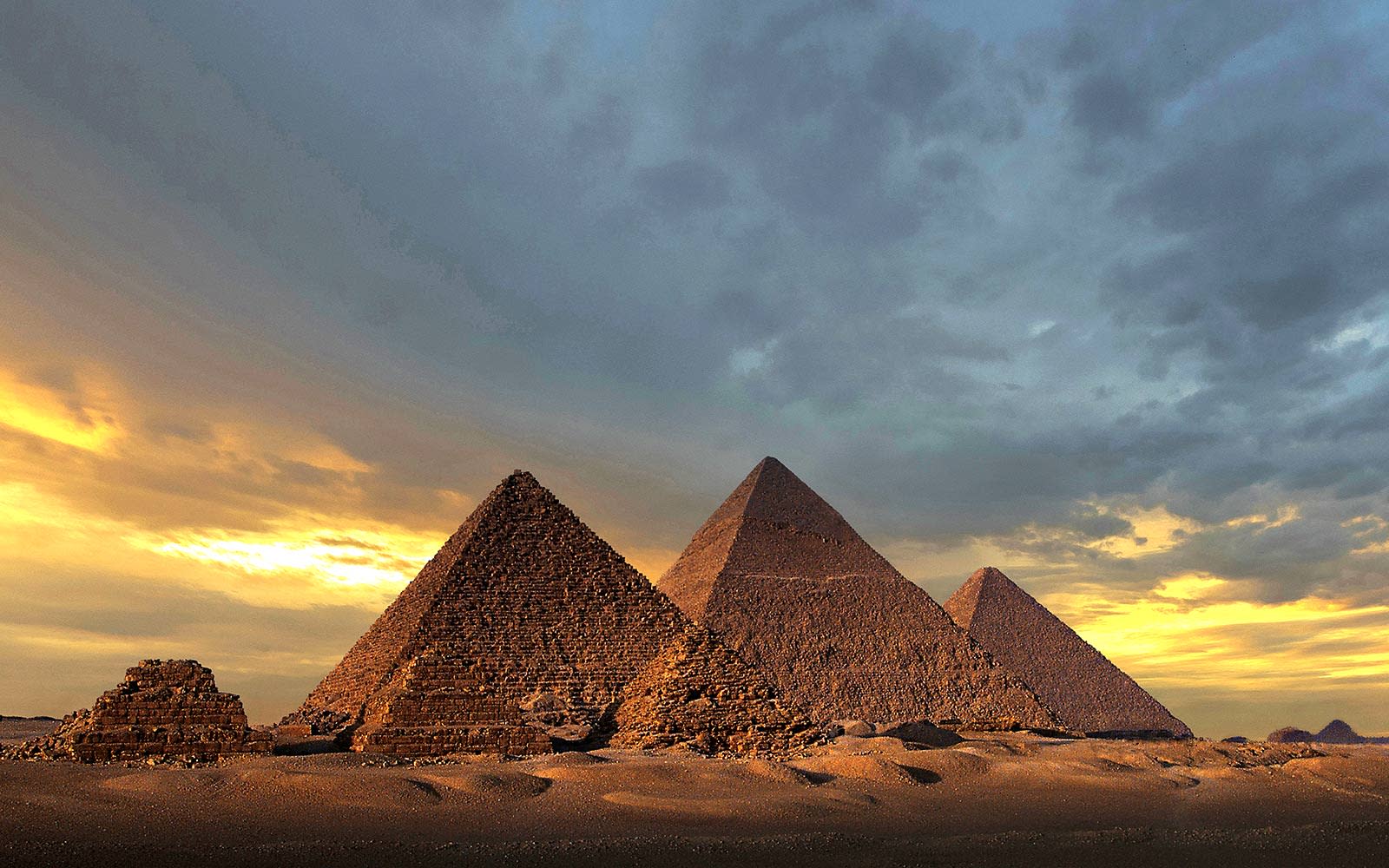Secrets Of The Great Pyramid Of Giza
Share
The Great Pyramid of Giza, one of the Seven Wonders of the Ancient World, stands as a testament to the ingenuity and ambition of the ancient Egyptians. This monumental structure, built around 2580–2560 BC for Pharaoh Khufu, has captivated historians, archaeologists, and travelers for centuries. What secrets lie within its massive stone blocks? Let’s uncover the mysteries that surround this iconic landmark.
The Architectural Marvel

The Great Pyramid is not just a tomb; it is an architectural masterpiece. Constructed from approximately 2.3 million blocks of limestone and granite, each weighing between 2.5 to 15 tons, the precision of its construction is astonishing. The pyramid originally stood at 146.6 meters (481 feet), making it the tallest man-made structure for over 3,800 years.
Key Features of the Pyramid
- The King's Chamber: Located deep within the pyramid, this chamber houses a granite sarcophagus, believed to have contained the remains of Pharaoh Khufu.
- The Grand Gallery: A remarkable passage that leads to the King's Chamber, featuring a corbelled ceiling that rises to a height of 8.5 meters (28 feet).
- The Queen's Chamber: Although it is named the Queen's Chamber, it is thought to have been intended for Khufu himself.
The Construction Techniques
How did the ancient Egyptians manage to build such a colossal structure without modern technology? Theories abound, but several methods have been proposed:
- Ramp Systems: Some archaeologists suggest that a series of ramps were used to transport the massive stones to the higher levels of the pyramid.
- Lever Systems: Others believe that levers played a crucial role in moving the stones into place.
- Skilled Labor: Contrary to popular belief, it is now thought that the pyramid was built by a skilled workforce rather than slaves. These workers were likely well-fed and housed in nearby settlements.
The Astronomical Alignments
The Great Pyramid is aligned with incredible precision to the cardinal points of the compass. Each side of the pyramid is oriented to face north, south, east, and west with remarkable accuracy. This alignment has led many to speculate that the ancient Egyptians had advanced knowledge of astronomy.
The Significance of the Alignments
- Celestial Connections: The pyramid's alignment may have been intended to connect the pharaoh with the stars, particularly the constellation Orion, which was associated with Osiris, the god of the afterlife.
- Calendar Functions: Some researchers propose that the pyramid served as a giant calendar, marking the solstices and equinoxes.
The Hidden Chambers and Passages
Recent explorations using advanced scanning technology have revealed the existence of hidden chambers within the Great Pyramid. These discoveries have sparked excitement and curiosity among archaeologists and historians.
Notable Discoveries
- The Void: In 2017, a large void was discovered above the Grand Gallery, measuring about 30 meters (98 feet) in length. Its purpose remains a mystery, but it could potentially hold significant archaeological treasures.
- Unexplored Passages: There are still many unexplored passages within the pyramid, leading to speculation about what secrets they may hold.
The Cultural Impact
The Great Pyramid has not only influenced architecture but has also permeated popular culture. From movies to literature, its image evokes a sense of wonder and mystery.
Modern Interpretations
- Movies and Documentaries: Numerous films and documentaries have been made about the Great Pyramid, exploring its history and the theories surrounding its construction.
- Literature: The pyramid has inspired countless books, ranging from historical accounts to fictional tales that weave its mysteries into their narratives.
Planning Your Visit to the Great Pyramid of Giza
If you're considering a trip to this awe-inspiring site, here's what you need to know:
Best Time to Visit
The ideal time to visit the Great Pyramid of Giza is during the cooler months, from October to April. During this period, temperatures are more manageable, allowing for a more comfortable exploration of the site.
Weather Information
- October to April: Daytime temperatures range from 20°C to 25°C (68°F to 77°F), while nights can be cooler.
- May to September: Temperatures can soar above 35°C (95°F), making daytime visits challenging.
Key Attractions Nearby
- The Sphinx: Just a short walk from the pyramids, the Great Sphinx is another iconic symbol of ancient Egypt.
- The Solar Boat Museum: This museum houses the reconstructed solar boat of Pharaoh Khufu, believed to be used in his journey to the afterlife.
Booking Your Trip
To ensure a smooth journey, consider booking your flights and accommodations in advance. Here are some helpful links:
- Hotels & Flights: Book your stay and flights here
- Transfers: Arrange your airport transfers
Conclusion
The Great Pyramid of Giza is more than just a historical monument; it is a symbol of human achievement and a gateway to understanding ancient Egyptian civilization. As you stand before its towering presence, you can’t help but feel a connection to the past and the countless souls who have marveled at its grandeur. Whether you're an avid historian or simply a curious traveler, the secrets of the Great Pyramid await you. Embrace the adventure and let the mysteries unfold!




